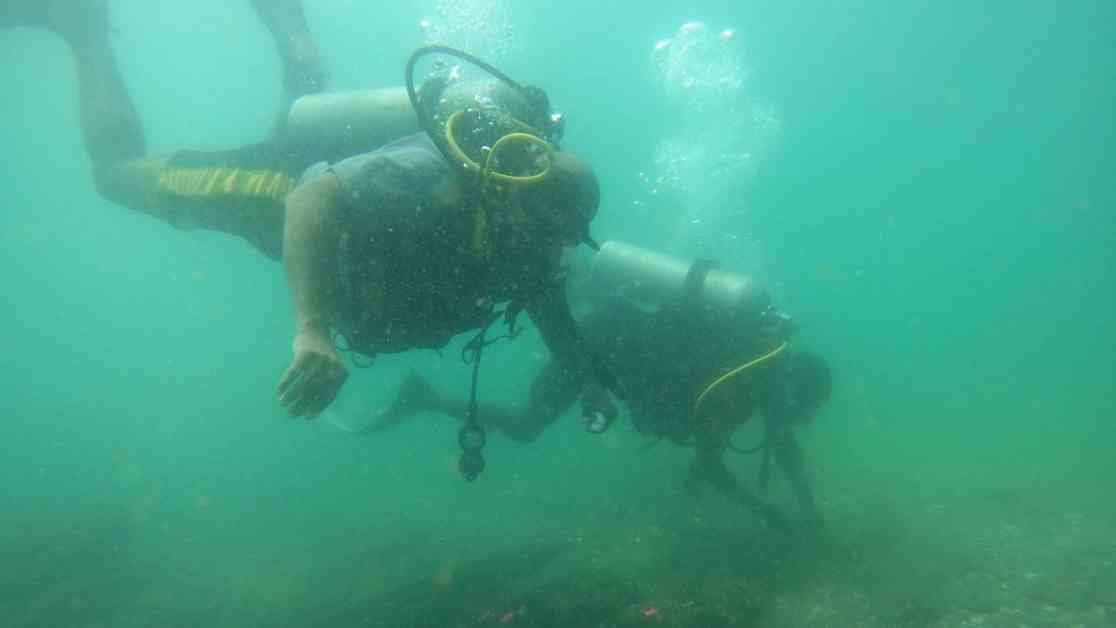Off the coast of Kenya, archaeologists have discovered a shipwreck that may date back to one of Vasco da Gama’s historic voyages into the Indian Ocean 500 years ago. The wreck, believed to be the São Jorge which sank in 1524, is among eight known Portuguese shipwrecks in the area. However, the identification is not confirmed yet.
The wreck, located about 1,640 feet from the shore at a depth of 20 feet, was found near the town of Malindi in 2013. Researchers now plan to conduct an archaeological survey of the coral reefs in the area to verify the identification of the ship. The discovery holds significant historical value as it could provide physical evidence of Vasco da Gama’s presence in Kenyan waters during his final voyage.
Vasco da Gama, a Portuguese explorer, played a crucial role in establishing the route from Europe to the Indian Ocean in the late 15th century. His voyages laid the foundation for the Portuguese trading empire in the region. The São Jorge was part of da Gama’s third armada that embarked on its final journey in 1524 before the ship sank near Malindi.
The wreck site may be developed into an underwater museum for divers, showcasing artifacts recovered from the site, such as copper ingots and elephant tusks. The significance of the discovery has drawn interest from Kenyan authorities and maritime archaeologists. Further investigations will be necessary to preserve and protect the wreck before its historical significance fades away.
The potential of the wreck being the São Jorge has sparked excitement among archaeologists, as it would add to the understanding of early European presence in the Indian Ocean. The site holds promise for unraveling the mysteries of Vasco da Gama’s expeditions and the connections between Europe and the East during the Age of Exploration. The preservation of the wreck and its artifacts is crucial in safeguarding this historical treasure for future generations to appreciate.










